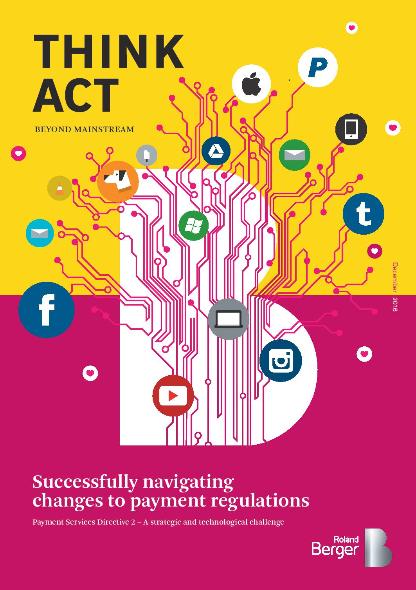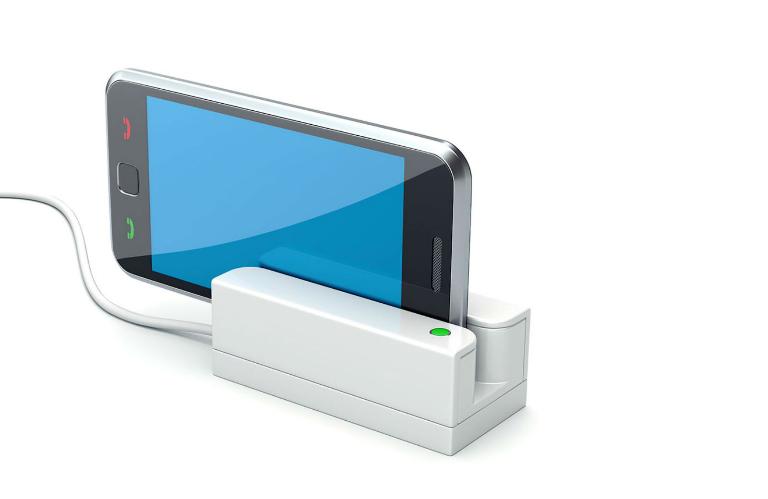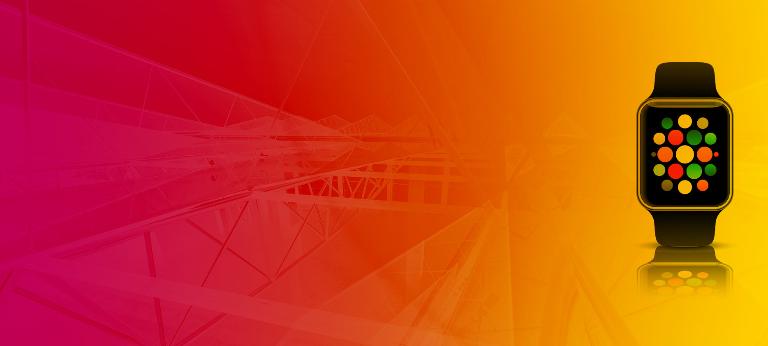Successfully navigating changes to payment regulations - Switzerland
![{[downloads[language].preview]}](https://www.rolandberger.com/publications/publication_image/cover_tab_payment_services_directive_2_page_001_download_preview.jpg)
Payment Services Directive 2 – A strategic and technological challenge


European banks face a monumental shakeup. The EU Payment Services Directive 2 (PSD2) will open up the payments market like never before. New competition will arise from non-banks, as well as from smaller, emerging banks. Technological innovations in the way payments are made have been substantial. Here, smartphones play an increasingly significant role in consumer behavior.


A central pillar of PSD2 focuses on empowering consumers by giving them control of their financial information. Banks will be compelled by third party payment service providers (TPP) to supply them with the relevant data, subject to clients' consent, as well as offering payment initiation services, disintermediating acquirer banks and card schemes from the payments equation.
TPPs will also be able to use the information supplied by banks to set up portals that aggregate the customers' account information held by different banks, providing a 360º view on their account holdings and a better financial planning and management experience.
While PSD2 is being applauded by many non-banks and emerging banks, it also offers potential opportunities for large, incumbent European banks, who should respond to PSD2 by operating TPP services in their own right.
In our THINK ACT publication, we present three opportunity areas for both emerging players and incumbent market participants.

![{[downloads[language].preview]}](https://www.rolandberger.com/publications/publication_image/cover_tab_payment_services_directive_2_page_001_download_preview.jpg)
Payment Services Directive 2 – A strategic and technological challenge